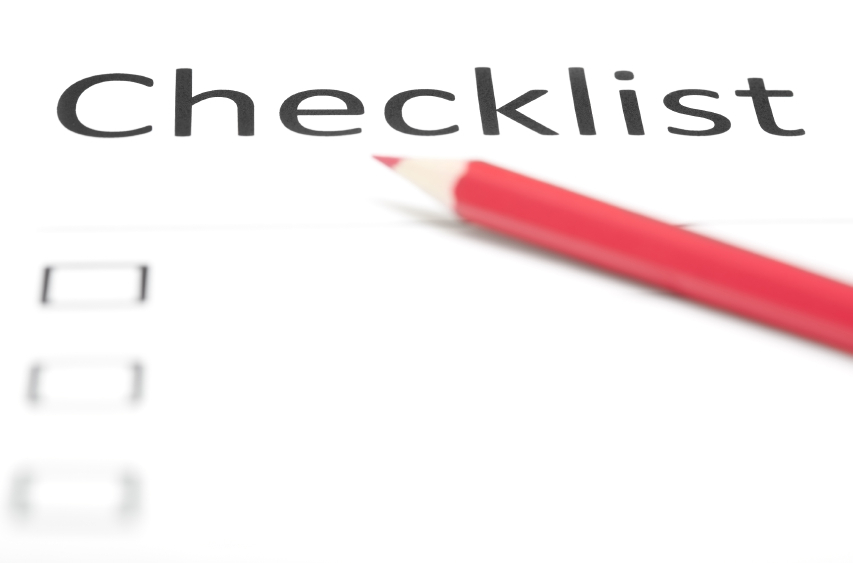Onboarding new hires can feel like a small miracle.
They start without many of the skills they need to serve your customers. Then, in a relatively short period of time, they transform into customer service superstars.
At least, that's how it's supposed to go.
The reality can be a bit different. Managers don't always devote enough time. Employees can get lost on the learning curve. Customer service often suffers.
This post explores three ways that effective onboarding can boost customer service.
To start, check out this short video that highlights the importance of onboarding by tracking two new hires who have very different experiences.
Increased Engagement
Poor employee onboarding can negatively impact employee job satisfaction, which is a key indicator of engagement. Here's a scary statistic from Benchmark Portal's 2013 Agent Voices report:
It just so happens that the average contact center takes about three months to fully onboard it's new hires.
There are two ways to look at this. One, is onboarding is so great that the actual job pales in comparison.
This might be true. But, the other way to look at this is onboarding is so disconnected from the day-to-day realities that employees are in for a rude awakening as they transition into their new job.
A good onboarding program prepares new hires for success. It helps them become engaged with the company's culture. They become committed to helping the company succeed and feel they can make a difference.
And, it helps ensure their satisfaction rises once they've graduated from training.
Customer Impact
It's awkward to be served by an obviously new person.
A new employee was recently learning the ropes at my local coffee shop. The line continued to grow as each transaction took longer than average. He smiled awkwardly as he tried to swipe my credit card several times before realizing he was doing it the wrong way.
Other customers asked him questions he couldn't answer. He repeatedly had to ask another co-worker for assistance, which made it hard for this employee to connect with customers on his own.
This situation wasn't his fault. He hadn't yet been trained. He didn't yet have the skills to serve customers quickly.
It was also an unfortunate choice train him on the register during a busy morning. Every customer that day paid a small price for this employee's learning curve.
Good onboarding programs avoid this problem. They use careful timing and smart design to train employees on important skills while minimally impacting service quality.
Wait Time
You hire more people because you need more people to keep up with demand.
The problem is those new people take time to fully onboard and train. Customers have to continue waiting longer until that happens.
It's not just in my local coffee shop. Think hold times in contact centers, longer lines in stores, or slower service in restaurants. Short-staffed usually equals slow service.
A good onboarding program can help fix this. It ensures new hires are trained faster and better, so short-staffed periods are kept to a minimum.
Design Your Own Onboarding Program
My LinkedIn Learning course, Running Company Onboarding, shows you how to create an effective employee onboarding program. Here’s a short preview:








